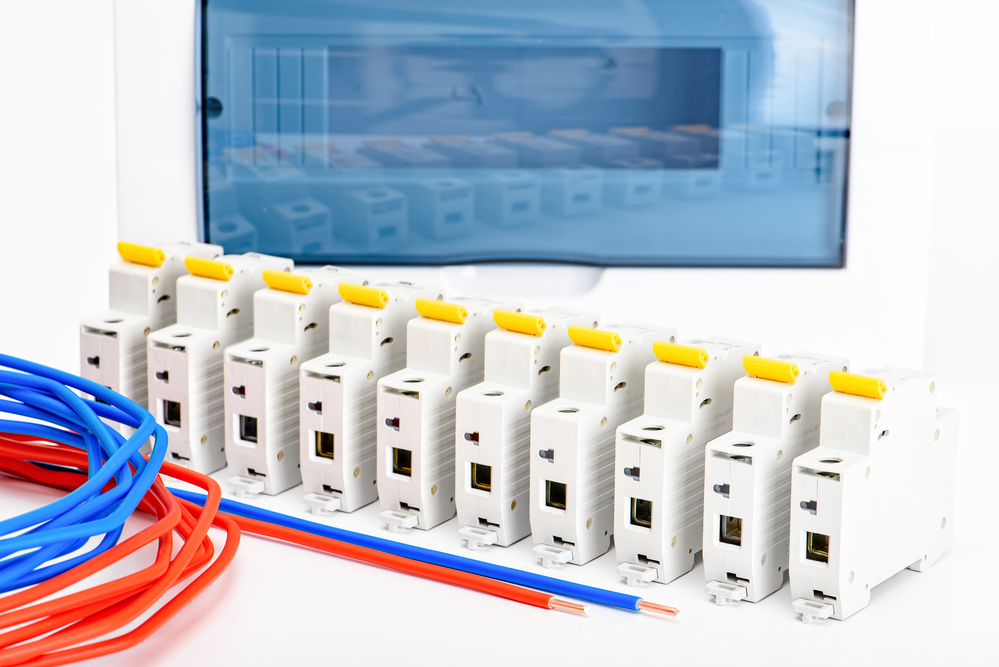Wondering how to tell if your house can pass an electrical inspection? One of the easiest things a homeowner can do is look around to check for adequate GFCI wiring. Ground-fault circuit interrupters are the outlets with reset buttons that you see in wet areas like kitchens and bathrooms. If you’re near water or outdoors, the electrical outlets you see should be GFCIs.
A licensed electrician can replace an outlet in just a few minutes, but it does get a little trickier with GFCI wiring. Replacing a regular outlet with a GFCI outlet requires two sets of wires instead of one.
GFCI Wiring Basics

If you’re familiar with how a normal outlet is wired, then GFCI outlets differ very little at first glance. A hot wire (typically black) attaches to a brass screw, the neutral wire (typically white) attaches to a silver screw, and a bare copper ground wire connects to a ground screw (usually green).
The difference with GFCI wiring is that the receptacle has a load side and a line side. Standard receptacles do not have this feature.
- Connecting to the line terminal powers the GFCI outlet but any outlets further down the circuit will not have GFCI protection.
- Connecting to the load terminal allows you to provide GFCI protection to all outlets down the circuit.
Want your GFCI to protect more than one outlet? You’ll need to have two sets of wires from the junction box feeding into the receptacle so you can wire both the line and load terminals.
Do I Need More than One GFCI Outlet in a Room?
No, you might not need more than one GFCI receptacle for a given room or area. However, there are several issues to be aware of:
- The first outlet in the room that needs GFCI protection needs to have the GFCI wiring. It can be very difficult or time-consuming for an amateur to figure out which is the first outlet on the circuit.
- You’ll want the GFCI outlet to be easy to reach so you can test and reset it conveniently.
- GFCI requirements have expanded over the years to include laundry rooms, wet bars, garages, and outdoors in addition to bathrooms and kitchens. Be sure you have GFCI wiring everywhere you need it!
Outdated electrical systems may have multiple issues, so also consider upgrading electrical outlets throughout the home at the same time.
Is It Okay if GFCI Outlet Is Missing a Ground Wire?
Sometimes you remove a faceplate and discover that your outlet wiring does not have a grounding wire—just the two black and white wires. While not ideal, GFCIs without a grounding wire will still provide power and GFCI protection.
Ground-fault interrupters protect you against shock due to electricity running through water or moisture. Grounding protects your home against stray power that could spark or ignite wood, insulation, or other materials in the walls. You should have both, but GFCI wiring is not affected by the presence of a ground wire.
Add GFCI Wiring in Marin and Sonoma County
California follows the National Electrical Code with some minor tweaks. Where GFCIs are needed, you can install a GFCI outlet, put it on load wiring from another outlet, or replace the breaker with a GFCI breaker.
If you’ve found a room without protection or you’re doing some remodeling or home additions, talk to an electrician about adding GFCI wiring to cover all your bases.
Contact us at Spyrka Electric to get a free estimate by phone or email.

